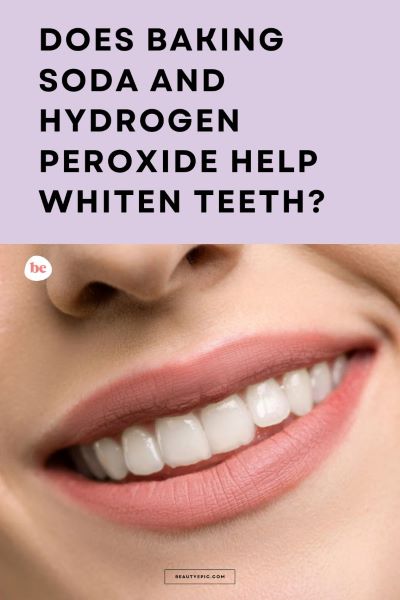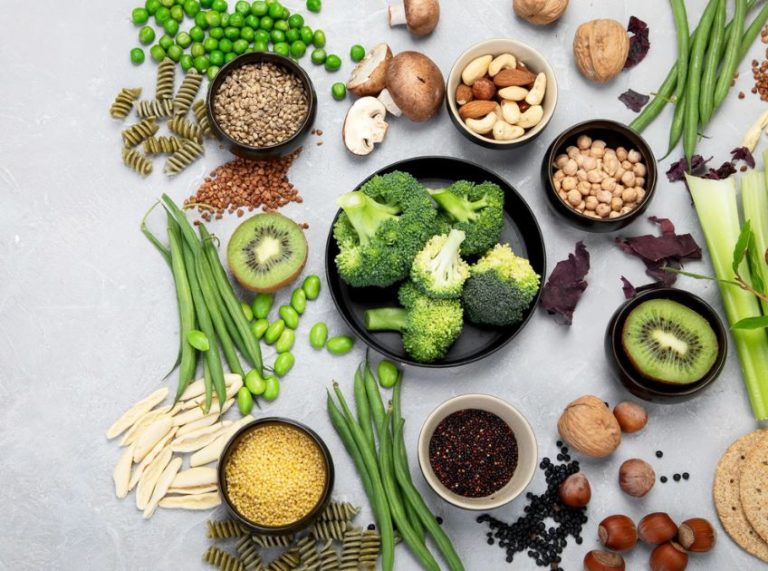
Important: This article is for informational purposes only. Please read our full disclaimer for more details.
If you’re seeking a safer, chemical-free way to clean and whiten your teeth, baking soda and coconut oil could be your answer. These two simple kitchen ingredients offer powerful oral care benefits. In this post, we explore their combined benefits and offer three DIY toothpaste recipes.
Why Use Baking Soda and Coconut Oil on Your Teeth?
- Naturally whitens teeth by removing surface stains
- Neutralizes bad breath-causing bacteria
- Helps reduce plaque buildup
- Gentle on enamel when used correctly
- Free from synthetic chemicals and fluoride
The Science That Supports These Ingredients
Baking Soda (Sodium Bicarbonate): Mildly abrasive, it scrubs away plaque and stains without damaging enamel when used sparingly. It also helps neutralize acids in the mouth, reducing cavity risk (1)(2)(3).
Coconut Oil: Contains lauric acid, a compound known for its antimicrobial properties. Studies show it may reduce Streptococcus mutans, a key bacteria behind tooth decay (4)(5).
How Do These Ingredients Contribute to Oral Health?
- Lauric Acid in Coconut Oil fights bacteria, improves gum health, and may reduce plaque.
- Sodium Bicarbonate lifts stains and keeps mouth pH balanced, limiting harmful bacterial growth.
- Together, they offer cleansing, whitening, and antibacterial benefits in one natural paste.
When to Discontinue Use
- If you experience gum irritation, tooth sensitivity, or any burning sensation, stop using the paste.
- Overuse of baking soda can wear enamel if used too frequently.
- Discontinue if your dentist advises against abrasive agents for your teeth.
Adjusting Ingredient Quantities Based on Needs
- For Sensitive Teeth: Use more coconut oil and less baking soda.
- For Whitening Focus: Increase baking soda slightly, but use less often.
- For Oil Pulling Texture: Add more coconut oil and a drop of peppermint oil.
- Always test a small amount first and observe how your mouth responds.
Is This Safe to Use Daily?
Yes, but with caution.
- Use 2–3 times a week to avoid over-abrasion.
- Not suitable as a complete replacement for fluoride toothpaste in all cases.
- Best used as a natural supplement to your regular brushing routine.
Best 3 DIYs for Whiter, Healthier Teeth
DIY 1: Basic Whitening Toothpaste
This simple, two-ingredient paste helps remove surface stains and keeps your breath fresh. Ideal for those trying natural alternatives to commercial toothpaste.
Ingredients
- 1 tablespoon baking soda
- 2 tablespoons virgin coconut oil
Directions to Use
- In a small mixing bowl, combine baking soda and coconut oil.
- Mix thoroughly using a spoon or spatula until it forms a smooth, spreadable paste.
- Transfer the paste into a small glass jar or a BPA-free container with a lid.
- Store at room temperature or refrigerate in warm climates to prevent melting.
How to Apply
- Dip a clean spoon into the jar to scoop a pea-sized amount.
- Apply to a soft-bristled toothbrush.
- Brush in gentle, circular motions for 2 minutes.
- Rinse thoroughly with warm water and follow with water or a natural mouthwash.
Pro Tip
Add a pinch of finely ground sea salt for an extra cleansing boost. Avoid overuse—stick to 2–3 times per week.
DIY 2: Refreshing Mint Toothpaste
This version incorporates peppermint oil to fight bad breath and give your mouth a clean, minty finish.
Ingredients
- 1 tablespoon baking soda
- 2 tablespoons coconut oil
- 3 drops peppermint essential oil (food-grade only)
Directions to Use
- Warm the coconut oil slightly if solid, just until softened.
- Mix in baking soda and peppermint oil until well combined.
- Pour into a small container and seal tightly.
- Let the mixture firm up slightly before use.
How to Apply
- Use a clean spoon or spatula to scoop the paste.
- Apply a pea-sized amount to your toothbrush.
- Brush, as usual, covering all surfaces and gum line.
- Rinse thoroughly and do not swallow.
Pro Tip
This paste doubles as a breath-freshening solution. For best results, use it in the morning after waking up.
DIY 3: Extra-Gentle Paste for Sensitive Gums
Designed for those with gum sensitivity or minor irritation, this gentle formula contains less baking soda and optional clove oil for added gum care.
Ingredients
- ½ teaspoon baking soda
- 2½ tablespoons virgin coconut oil
- 1 drop clove essential oil (optional)
Directions to Use
- Mix the coconut oil and baking soda until a light paste forms.
- Add clove oil for its soothing and antibacterial effects.
- Blend gently and store in a sterilized jar with a tight lid.
- Refrigerate if you prefer a firmer consistency.
How to Apply
- Use a soft, manual toothbrush.
- Apply a small amount and brush gently along the gum line.
- Focus on the outer and inner surfaces of your teeth.
- Rinse with warm water and pat your gums dry if sensitive.
Pro Tip
Use this paste only 1–2 times per week. Pair with oil pulling on alternate days for added benefits without added abrasiveness.
Frequently Asked Questions (FAQ’S)
1. Can baking soda damage my teeth?
A. If used too often or too harshly, baking soda may wear down enamel. Limit usage to 2–3 times per week.
2. Is this safe for kids?
A. It’s best for adults. Children’s teeth are more sensitive, so consult a pediatric dentist before use.
3. Can I store these DIY pastes for long?
A. Store in a clean, sealed jar for up to two weeks at room temperature or in the fridge.
Final Thoughts
Baking soda and coconut oil make a powerful pair for a natural oral care routine. With proper use, they can help whiten teeth, reduce plaque, and freshen breath—without harsh chemicals. Customize your paste and observe how your mouth responds. Always consult your dentist for long-term oral health planning.
















